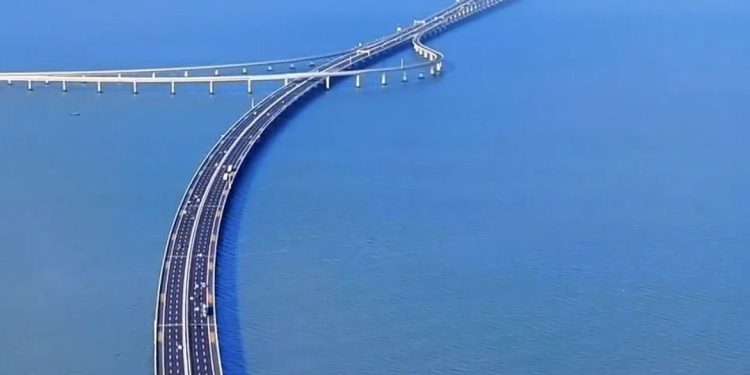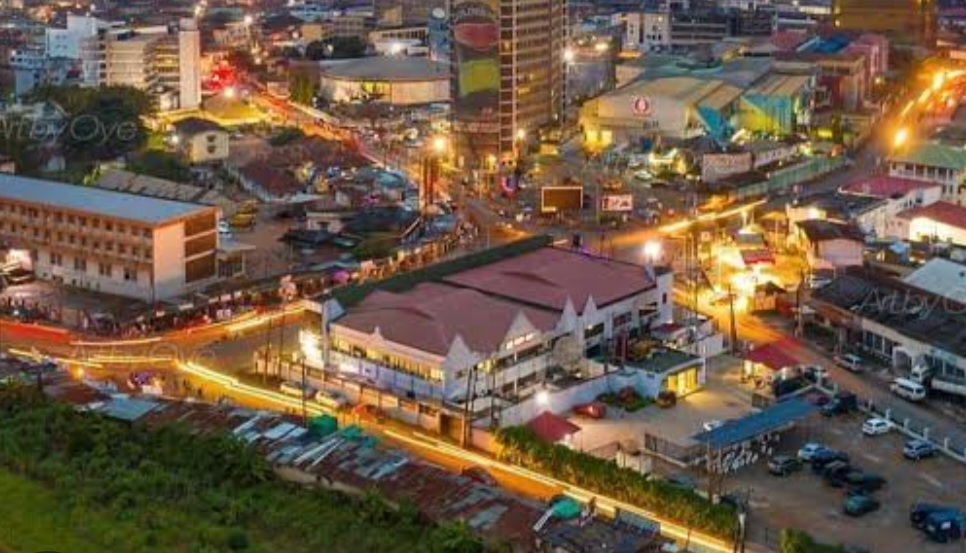The Lagos-Calabar coastal road project is undoubtedly Nigeria’s most ambitious transport infrastructure project since independence.
The Highway project represents a significant endeavor aimed at linking two major cities along the southern coast of Nigeria, facilitating smoother transportation for both people and goods.
This project will make the region better connected, help businesses grow, and make transportation smoother.
The highway will be like a main road for trade and business, linking Lagos, a busy city in the west, to Calabar, a lively port city in the east.
Embarking on this huge project will foster new opportunities for communities and businesses, making a big difference to Nigeria‘s economy and society.
Here are five facts about the Lagos-Calabar Coastal Highway you should know:
Nigeria’s largest infrastructure project is the 700-kilometer Highway.
1. Size
The Highway is Nigeria’s largest infrastructure project which is 700-kilometer in size.
2. Cost
The construction of the highway will require a cost of N15 trillion, translating to N4 billion per kilometer.
3. Construction
The highway’s construction will progress in stages over an anticipated eight-year period. The initial phase will consist of a 47.47-kilometer dual carriageway featuring five lanes on each side, complemented by a central train track.
4. Route
The extensive highway project is set to link Lagos with Cross River, traversing through several states including Ogun, Ondo, Delta, Bayelsa, Rivers, and Akwa Ibom. Additionally, it will incorporate two spurs branching out towards the northern states.
5. Purpose
The ambitious highway project aims to enhance connectivity and foster economic growth along Nigeria’s coastline, facilitating seamless links between key urban centers, ports, and economic hubs. Moreover, it is anticipated to unlock additional premium land and beachfront areas while alleviating congestion in Lekki, potentially reducing travel time from Lagos to Calabar from 12 hours to 7 hours.









